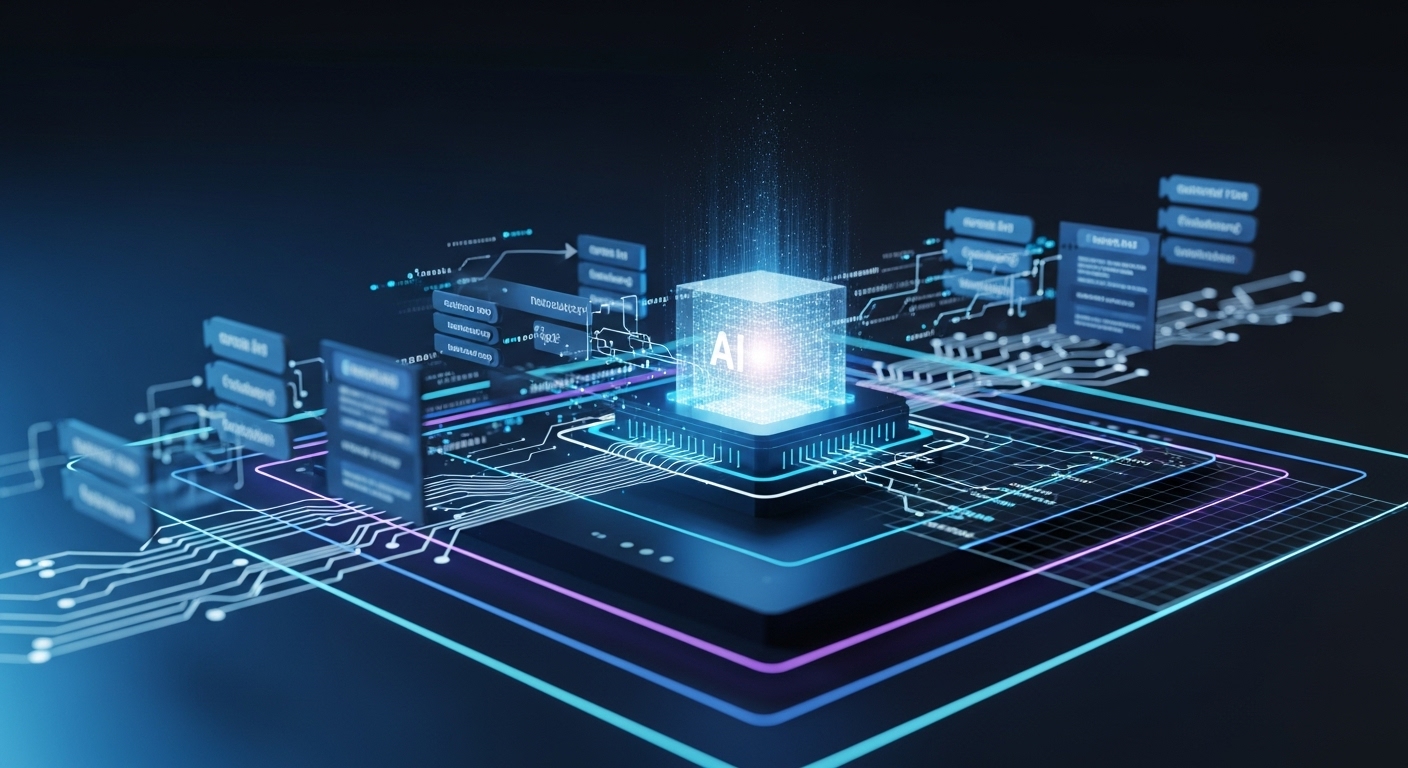Using AI to Automate Code Migrations and Dependency Updates

Why Code Migrations Are So Hard
Code migrations involve more than replacing imports or updating syntax. They require understanding architecture, dependencies, data flow, and behavior. Traditional approaches rely heavily on manual work, which introduces several challenges:
- Time-intensive: Upgrading a large codebase can take weeks or even months.
- Risk of regression: Manual edits can break integrations and tests.
- Inconsistent patterns: Different developers apply different refactoring styles.
- Lack of visibility: Dependency trees and version mismatches are difficult to track.
AI automates this process by learning the intent behind code, not just its structure.
How AI Handles Automated Migrations
AI-powered code migration systems combine language models with static analysis to understand both syntax and semantics. They can read a project’s structure, detect outdated libraries, and safely refactor code at scale.
Tools like Sourcegraph Cody, GitHub Copilot Workspace, and OpenHands already use these techniques to automate large-scale code refactors.
Dependency Management With AI
Dependencies are the backbone of any modern software project, but they are also the source of most vulnerabilities and build issues. AI can help manage them dynamically.
- Automated version detection: AI continuously monitors repositories and package registries for updates or breaking changes.
- Vulnerability scanning: Models cross-reference CVE databases and dependency trees to flag risky libraries.
- Predictive upgrades: AI predicts which updates will likely cause build failures and proposes safe migration paths.
- Pull request automation: Tools generate and test PRs automatically with changelogs and explanations included.
This transforms dependency management from a reactive process into a proactive, self-maintaining system.
Case Study Example: Migrating from Python 3.8 to 3.12
A mid-size engineering team with hundreds of modules running on Python 3.8 used an AI migration assistant to automate the upgrade. The AI tool:
- Scanned all project files and detected deprecated syntax such as changes in
asyncio.run. - Updated third-party dependencies and flagged incompatible versions.
- Generated pull requests grouped by subsystem to simplify review.
- Ran existing test suites automatically and generated patch notes for each module.
The result: a full platform migration completed in one week instead of six, with no production regressions and full documentation automatically updated.
Integrating AI Migrations Into Your CI/CD Pipeline
AI migration tools can become part of your existing DevOps automation with minimal configuration. A common workflow looks like this:
- Scan stage: AI scans repositories and dependency manifests for outdated or insecure components.
- Analysis stage: The system identifies necessary code changes and generates migration plans.
- Execution stage: Automated pull requests are created with refactored code and explanation summaries.
- Testing stage: CI/CD pipelines validate changes, ensuring stability.
- Merge and deploy: Approved updates are merged automatically with version tagging.
This integration turns maintenance into a continuous background process instead of a large manual event.
Security and Compliance Advantages
Automated AI migrations also improve software supply chain security. By keeping dependencies updated, organizations minimize vulnerabilities before attackers can exploit them. AI can cross-check each dependency against compliance policies, licenses, and security advisories, providing real-time risk visibility.
With tools like Dependabot AI, Renovate, or custom LLM-based scanners, companies can ensure every deployed library meets internal and external compliance standards.
The Future: Self-Healing Codebases
In the near future, AI will not only automate migrations but also detect and repair issues before they break builds. Continuous learning systems will monitor logs, detect deprecated calls, and refactor code automatically in the background. These self-healing codebases will merge observability with automated correction, reducing the burden of maintenance almost entirely.
Software engineering will evolve toward a model where teams focus on new features while AI handles upgrades, security patches, and dependency drift continuously.
Want to reduce maintenance overhead and accelerate migrations?
Contact Amplifi Labs to integrate intelligent automation into your engineering workflow.




